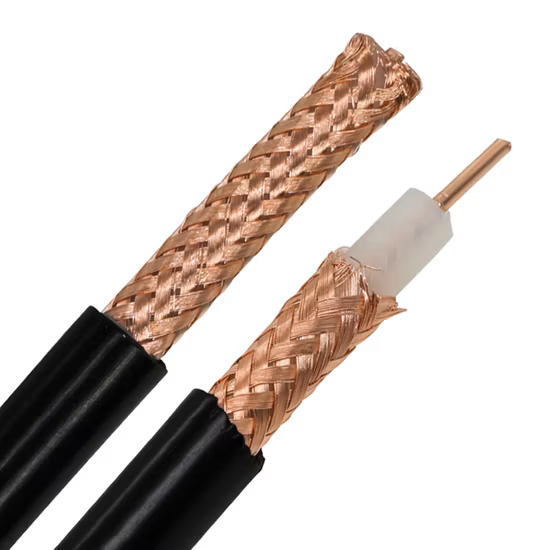
Potentiostat Cell Cables are not Simple Wires!!!
|
Time to read 2 min
|
Time to read 2 min
Potentiostat Cell Cables are not just connecting wires but are specially designed shielded cables which prevent noise pickup from the surroundings. Shorter cables are best for electrochemical impedance measurements, whereas longer cables may be used for DC techniques. Longer shielded cables are supplied by many manufacturers for DC electrochemical techniques. The users should not extend the cable lengths by connecting ordinary wires. This will give degraded performance, especially for EIS measurements.
Especially the Working Sense and Reference leads have some electronic components or circuit boards just before the crocodile clips. These reference and working sense leads have slightly flat connecters because they have circuit boards inside. If the cable leads are broken, one needs to purchase the new cable as these cables can’t be repaired locally. The cost of the cables is significant and sometimes the shipping cost is more than the cost of the cables. In addition, there is customs duty on the cables as well. Therefore, the users should take care while using cables not to damage the cables.
In one case, the crocodile connectors were corroded and the cable was also broken. The customer called a local freelance engineer. He cut all the cable leads and connected new connectors and crocodile clips. While doing this he also had cut the electronic components in the reference and working sense leads. Naturally the customer started getting wrong results. When our engineer visited, he noticed this and told the customer to purchase a new cable.
In another case, the cable was left lying on the table. The user spilled 1 M KOH on the table. The cable leads and crocodile clips were soaked in KOH. The user washed the cable leads and dried it. When he started using the system, smoke started to come out from the cable lead and the circuit board inside the cable burnt.
In another case, the system was a central facility shared by many users. The electrochemical system was kept in the instruments room with many other instruments. When the system was not in use, other students used to take the cell cable from the potentiostat and used with other instruments. Now the Reference and working sense cables are rated for use with measurements involving certain potential and current. Both the cables were damaged because potential and current higher than the rated capacity was passed.
In all the above cases, the customers had to replace the cell cables. This involved a loss of money as well as time required for importing the cables. Therefore, the users should keep in mind that the cell cables are not simple wires, but specially designed shielded cables. They should follow the Good Laboratory Practices (GLP) while using the systems.
